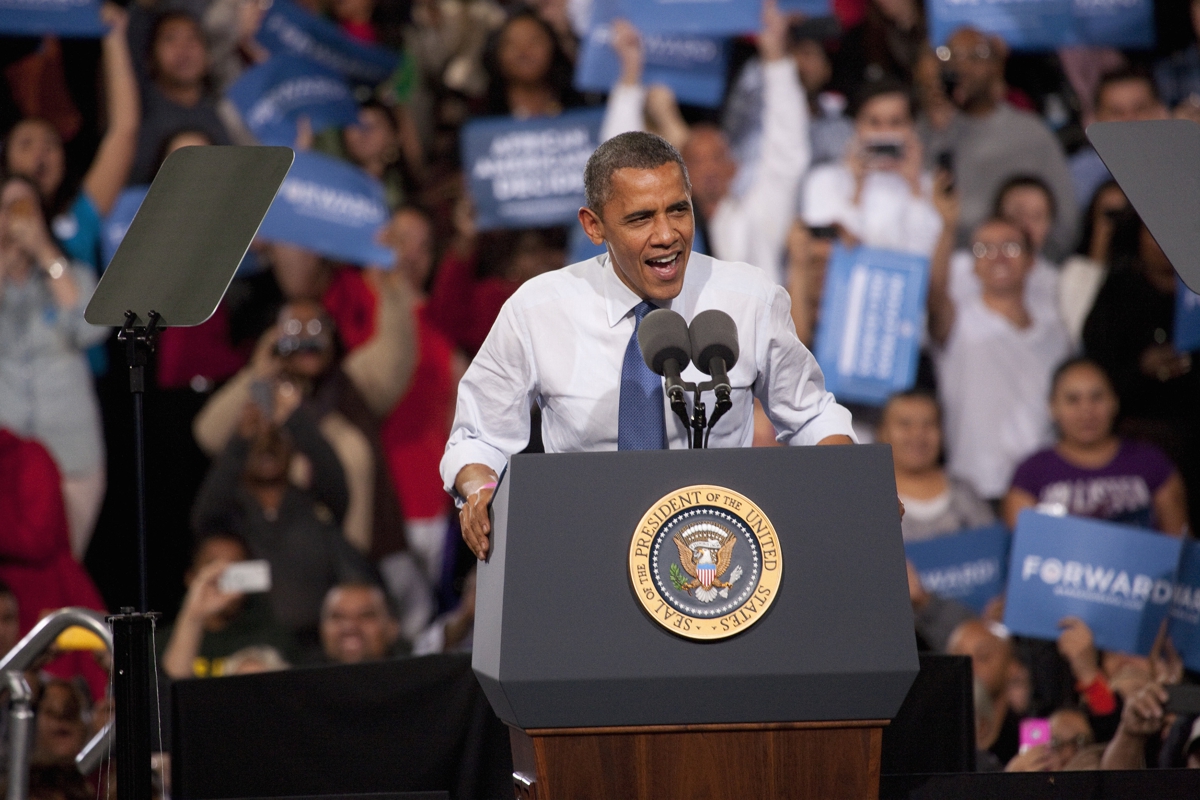
It takes just seven seconds for someone to form an opinion about you.
That’s all it takes for someone to decide whether they like, admire and respect you. And, while it might be tempting to hope that the calibre of your conversation holds some sway, there just isn’t time. That first impression is what counts, and it’s based on your appearance, your demeanour and, of course, your dress code.
Clothes say a lot about who you are and how you want to be seen.
Those first impressions are lasting ones, so you need to make sure your first interactions are positive. Dressing for success isn’t just a matter of style – it’s a strategy. Clothing choices inform how people perceive you, and they influence how you behave, too.
Let’s dig into the science and stats behind this theory.
“You cannot climb the ladder of success dressed in the costume of failure” – Zig Ziglar
Getting the Job: Make or Break
The clothes you wear don’t just tell a prospective employer about your preferences for Oxford shoes over brogues, or cotton over twill. Your outfit speaks volumes about your professionalism, attention to detail and overall suitability for a role. In the realms of job hiring, where competition is fierce and opportunities are limited, first impressions can make or break the next step in your career.
According to Forbes (2015), 95% of employers factor in an applicant’s appearance when making hiring decisions. What’s more, a staggering 71% of companies have admitted to rejecting applicants who were not dressed appropriately. So, although casual dress codes may be gaining ground in the workplace, there’s no excuse for sloppiness. Beyond adhering to a dress code, dressing well shows that you understand the company culture and industry norms.
Sales Meetings: Closing the Deal

While you might think a comprehensive pitch deck and a bulletproof business case are enough to win over prospective clients, the evidence suggests otherwise. Recent studies have shown that customers are significantly more likely (25%) to trust a well-dressed salesperson. Well-dressed individuals are perceived to be more competent and authoritative, which in turn builds greater trust and credibility during these business transactions.
A few years ago, the University of Illinois and UC San Francisco conducted an experiment to test this theory. They invited 180 participants to play the role of “seller” and “buyer” in a hypothetical setting, where they had to negotiate a price in six minutes. The catch? Participants were randomly assigned either a formal or casual outfit to wear. The results revealed that those dressed in formal clothing obtained significantly higher profits, and those in casual dress made far more concessions.
Taking the Reins: The Dynamics of Leadership

So, if clothing has the power to communicate who you are, what you value and how you fit into an organisation’s culture, what does this mean for leaders?
According to a survey conducted by Gallup, employees are 15% more likely to respect a well-dressed leader. This makes sense. After all, you’re more likely to pay attention to someone who is well turned out and exudes confidence and charisma.
Studies show that dressing well doesn’t just affect the way people perceive you, it impacts the way you act, too. A recent study revealed that people who dress better feel more confident, powerful and focused on details. Mark Zuckerberg, the world’s biggest ambassador for plain grey t-shirts, famously donned a tie every day for a year as “a symbol of how serious and important a year this was”. So, dressing like a boss could, in fact, help you become a better boss.
Getting ahead: promotions and career advancement
It pays to think carefully about what you wear – literally. According to the Washington Post, 93% of executives said that an employee’s style of clothes influences their chances of getting promoted. Other studies tend to agree – more than three-quarters (78.6%) of well-groomed professionals have better career growth, and over four-fifths (83.4%) believe a person’s appearance is linked to success.
But remember, a suit doesn’t automatically mean success. With the rise of Silicon Valley and a global pandemic that normalised remote working (and sloppier dress choices), it’s harder to define what ‘well-dressed’ actually means. Context is key. Turning up to an office with a casual dress code in formal business attire or wearing sneakers to a suit-only organisation will show you haven’t read the culture and don’t fit in.
Examples from the business world

Understanding industry and office norms is crucial to choosing clothing that enhances rather than hampers your presence. But that doesn’t mean you shouldn’t stand out. Think about some of the world’s most successful business people. They all have a ‘uniform’, but they still stand out – for the right reasons.
Steve Jobs applied his “think different” approach in tech to his own wardrobe by distinguishing himself with turtleneck sweaters and sneakers. Elon Musk’s clothing choices reflect his innovative mindset and mission to push the boundaries, by combining day-to-day casual and stylish ensembles with tailored suits that add refinement and authority to his appearance.
Howard Schultz, the former CEO of Starbucks, took this approach to personal branding in another direction with sharp and approachable attire. His uniform of well-tailored suits and understated accessories highlighted his blend of corporate professionalism and personable leadership.
Even global leaders like US President Barack Obama and Canadian Prime Minister Justin Trudeau put serious consideration into what they wear, ensuring they always look sophisticated and well-groomed. Their dress code doesn’t just tell the world they’re stylish – it upholds the country’s culture and values, ensuring they command respect wherever they go.
In short, the most distinguished businessmen demonstrate that dressing for success isn’t about following trends, but curating a personal style that commands respect and inspires confidence.
Ready to dress for success (and possibly a pay rise)? Pop into your favourite store to say hello.
Author: Gary Sweeney
